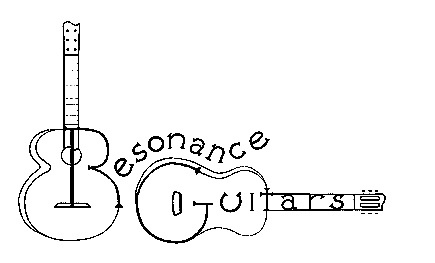Resonance is actually a physics term describing a specific condition between an object and vibrations forced upon that object. Most objects have at least one natural frequency – some frequency that the object “likes” to vibrate at. This natural frequency is a function of the material and geometry of the object. Just ping the object and you will hear that frequency if its in the audible range. When the forced vibrations (say from the strings) incident upon that object match the natural frequency of the object, it begins to swing “in tune”. The result is a sudden increase of vibrational amplitude much like a girl on a swing being pushed “in tune” by her dad. This matching of forced vibrations and natural frequencies resulting in increased motion is the condition called “resonance”.
Resonance occurs in mechanical systems (like bridges or shuttle vehicles), in acoustic systems (guitars, flutes and concert halls), and even in optical, electrical and atomic systems. In fact, it governs how the inner ear receives sound and allows us to hear. Resonance is what makes a lot of life interesting and sometimes even dangerous because resonance can also destroy things.
Why Resonance Guitars? My job as the luthier is to choose the right woods and then shave and brace and adjust them until their natural frequencies match the frequencies you want to hear. I love this part of my job the most!
A closely related concept is that of the standing wave. When anything vibrates at a constant frequency, the material is vibrating in a standing wave pattern – a traveling wave “captured” within the length that interferes in such a way as to “look” as if its not moving along that length but only vibrating back and forth within it. At times, you can actually see the guitar strings exhibiting a standing wave (like in a video or under fluorescent lighting). But every part of the guitar, especially the wood top, vibrates in similar fashion. That is why the symbol for Resonance Guitars is the wave.
